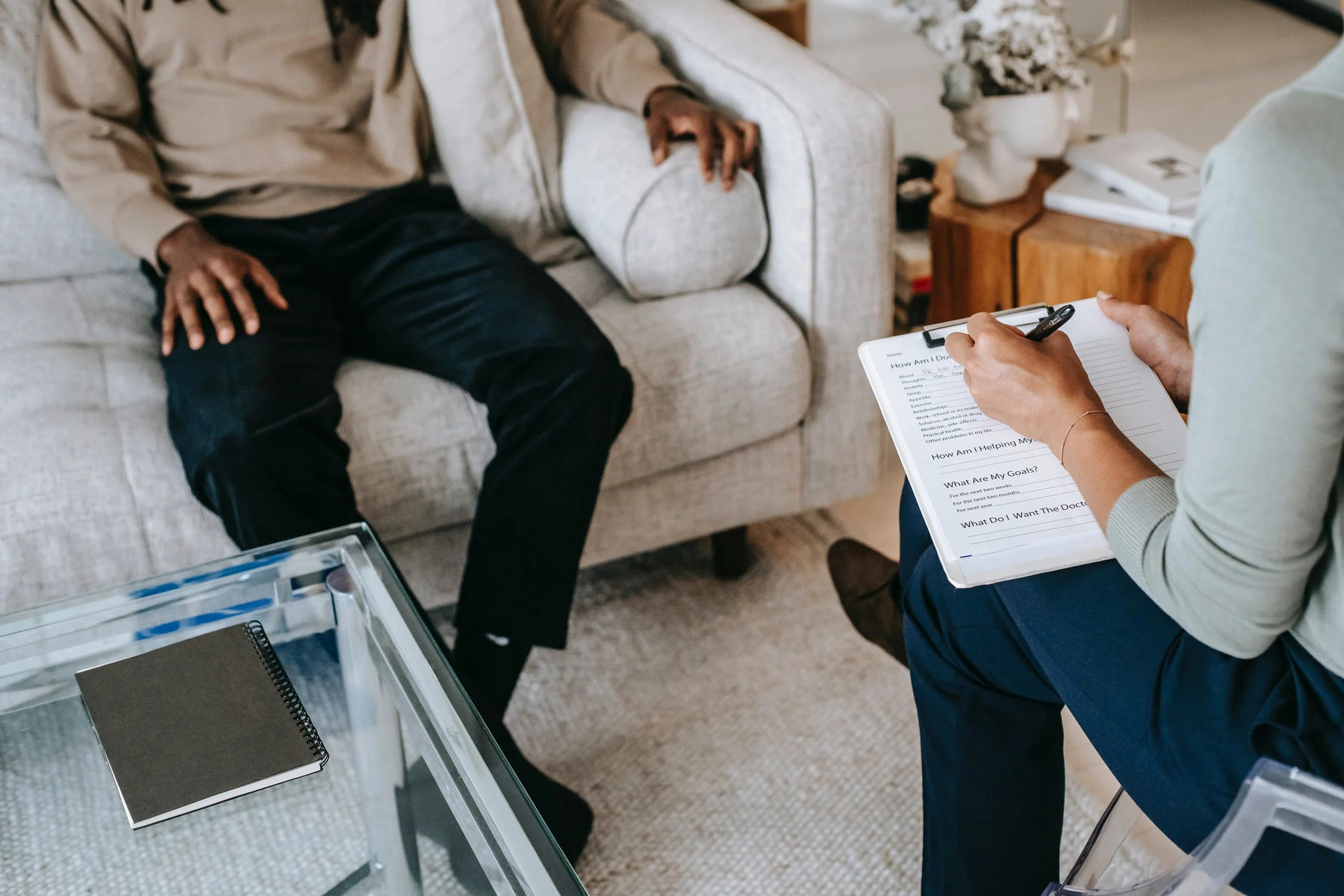
The article is developed in partnership with BetterHelp.
Is there someone in your life that you suspect they have body dysmorphic disorder? Or maybe you want to learn more about this disorder to keep your family safe during recovery.
When someone is diagnosed with body dysmorphic disorder, it can affect every crevice of their life. As their family or friend, you can help them heal by learning the signs of this disorder.
Learn more about the disorder, how to know if someone has it, and how you can help them through their recovery.
Table of Contents
What is Body Dysmorphic Disorder
According to the Anxiety and Depression Association of America, body dysmorphic disorder is “a body-image disorder characterized by persistent and intrusive preoccupations with an imagined or slight defect in one’s appearance.”
In other words, someone who appears obsessed with a specific part of their appearance. Body dysmorphic disorder, also classified as BDD, is not limited to someone’s perception of their size or body. It can also include minute areas such as facial features, hair, and any other part of the body.
If you want to learn more about body dysmorphic disorder and its correlation with a person’s mental health, consider reading more via BetterHelp, an online therapy platform.
How to Know If Someone Has Body Dysmorphic Disorder
Physical Signs
While many symptoms are similar for all individuals diagnosed with body dysmorphic disorder, some symptoms are unique to the person and their experience.
Many people spend much of their time trying to change or hide the area of their bodies they feel insecure about. This may cause them to undergo multiple plastic surgeries, spend the majority of their time in the gym, or overly focused on their appearance.
Another physical sign is their need to observe and hide their insecurity. They could simply cover it while out or they may refuse to leave their home. If they do leave their home, they will likely check their appearance excessively.
Mental and Emotional Signs
The most common mental signs of body dysmorphic disorder are anxiety and low self-esteem. These people typically will show signs they are not comfortable in their skin. You may notice them trying to make their presence smaller when around other people.
Other signs could include isolation. Because they are afraid that others will notice their “flaws”, they may avoid social situations and activities with friends. This can intensify feelings of anxiety and cause depression.
In worst-case scenarios, many people with body dysmorphic disorder may begin to have suicidal thoughts or thoughts of harming themselves. If you notice these signs, it is pertinent that you get help immediately.
How to Help Somone with Body Dysmorphic Disorder
After spending time with someone and notice the signs of body dysmorphic disorder in their life, you must learn the best ways to help them.
Begin by being an excellent listener. Show them that you care about their health and mental well-being by listening to their thoughts without judgment.
It is also important that you learn how to say the right things. Never critique their feelings or their obsessions. If someone has BDD, they already feel scared sharing with you.
Lastly, point them in the direction of professional help. Therapy is vital for those who are living with body dysmorphic disorder. A therapist can help your loved one cope with the feelings of BDD and help them recover in the best way possible!
Hello, I am a professional writer and blogger at Adclays.com. I love to explore the latest topics and write on those topics. I spend the maximum of my time on reading and writing interesting topics which provide valuable piece of information to my readers whether it comes to the latest fashion, technology, healthy lifestyle, business information, etc. Explore my writings by visiting the website.